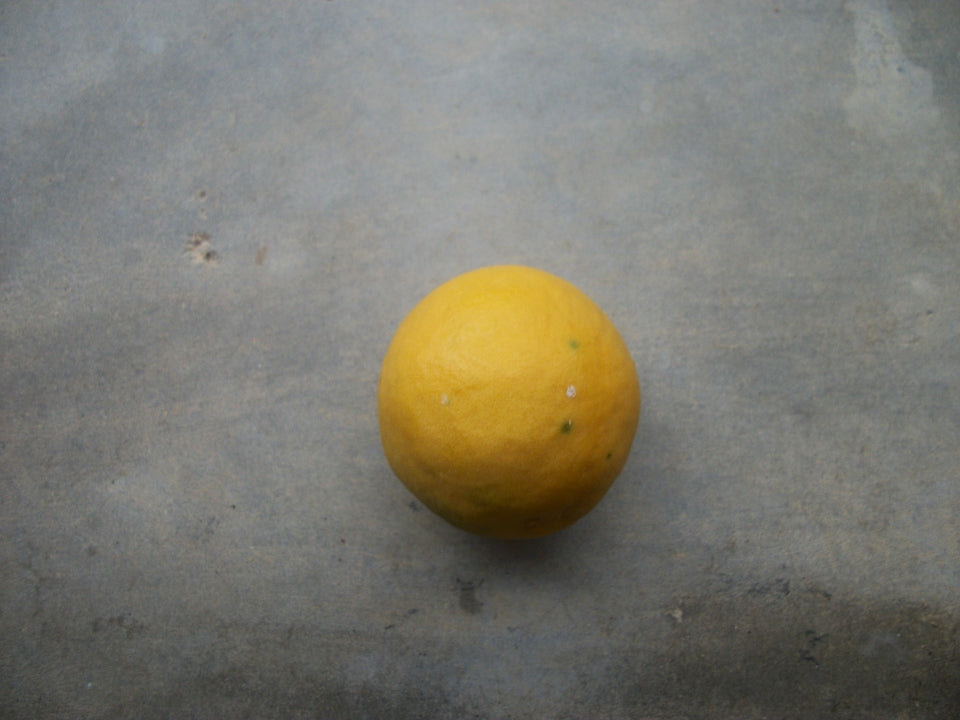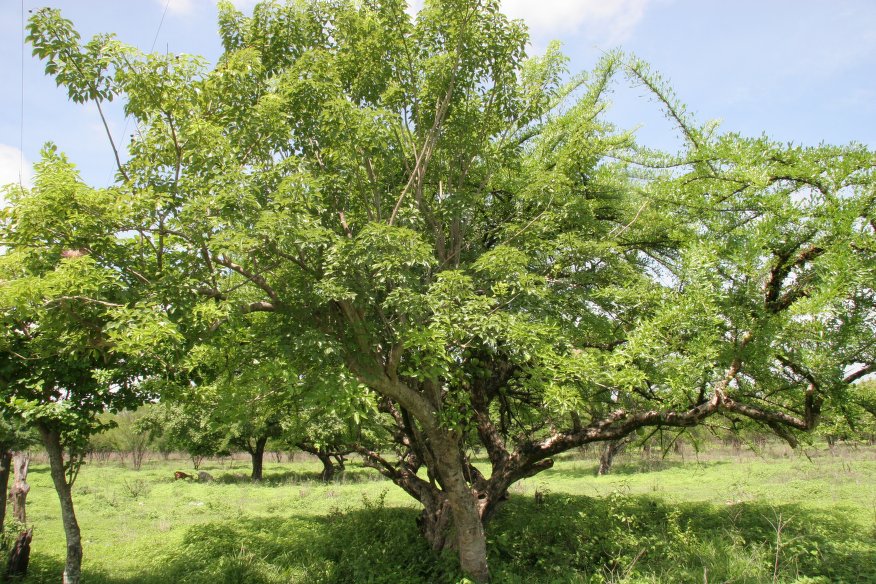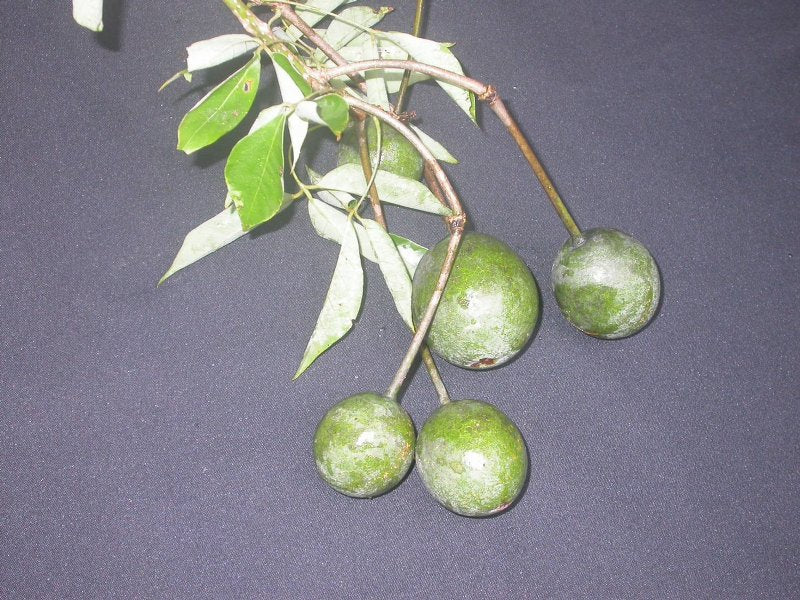Hapa Joe's Nursery
Crateva tapia “Garlic Pear”
Crateva tapia “Garlic Pear”
Couldn't load pickup availability
Crateva tapia “Garlic Pear” Seeds
Crateva tapia is a species of tree or shrub that can grow up to 30 meters tall, with a smooth surface throughout its trunk. Its leaves are arranged spirally and have three palmately shaped leaflets. The stalk that joins a leaf to a stempetioles are long, and the petiolules are 3-10 mm long. The folioles are drops leaves annuallydeciduous, elliptic to wider at the base than at the midpoint; tapering toward apex. Length:Width ratio of 2:1ovate, or obwider at the base than at the midpoint; tapering toward apex. Length:Width ratio of 2:1ovate-elliptic, and can grow up to (3-)8-20 x 2-10 cm. The base of the folioles is either cuneate or obtuse, while the the highest point or vertex of a plant stemapex is either acuminate or rounded.
The flowers of a plantinflorescences of the Garlic Pear are erect, bud located at the apex; new growth pointsterminal, and corymbose racemes, usually on new leafy branches. The the stalk bearing a flower or fruitpeduncles can grow up to 6-16 cm long, and the A stem that attaches a single flower to a flower structure.pedicels can grow up to 2-5 cm long. The flowers of the Garlic Pear are zygomorphic, with open aestivation from early bud. The sepals are narrow oval shape tapering to a pointlanceolate to oblong or wider at the base than at the midpoint; tapering toward apex. Length:Width ratio of 2:1ovate, with the upper part free and can grow up to approximately 5-15 x 1-3 mm. The referring to the basebasal half is fused to the massive, an enlargement of the opening of a flowerhypanthium, which is prominently accrescent, with the nectary covering inside the an enlargement of the opening of a flowerhypanthium. The petals are elliptic to obnarrow oval shape tapering to a pointlanceolate, 8-45 x 2-7(-13) mm, and are inserted on the edge of the disk between the sepals. The base of the petals is clawed, and the claw can grow up to 5-11 mm long. The male reproductive organstamens can range from 8 to 22 [in Mesoamerica], up to 50 [in South America], with filaments that are approximately 3.5-5 cm long. The gynophore can grow up to 2.5-6 cm long, with the ovary being either spherical; globe shapedglobose, ellipsoid, or resembling an eggovoid, and the stigma sessile and capitate.
The fruits of the Garlic Pear are amphisarca, spherical; globe shapedglobose or resembling an eggovoid, with a diameter of 3-6(-8) cm, and can mature to become yellow, orange, or brown. The pulp is white, and the seeds are cochleate-reniform, smooth testa, and white embryo.
The Garlic Pear has over 60 local names throughout the Americas, including "árbol del pepe," "granadillo," "anonilla de costa," "gally pear," "jagua de lagarto," "chipororo," "Koeleroe," "palo de candela," "almendro," "Indian orange," "naranjillo," "ñandipá," and "payaguá naranja."
This species is widely distributed, from Mexico to Argentina, and in the Lesser Antilles, from sea level to 1000 m. It grows in dry to moist forests, typically along watercourses, or in seasonally flooded areas.
The Garlic Pear produces fragrant flowers, which are meliferous and collected from December to April on the Osa Peninsula. Local names such as "Fruto de macaco" suggest that the fruit is eaten, and the seeds are dispersed by monkeys.
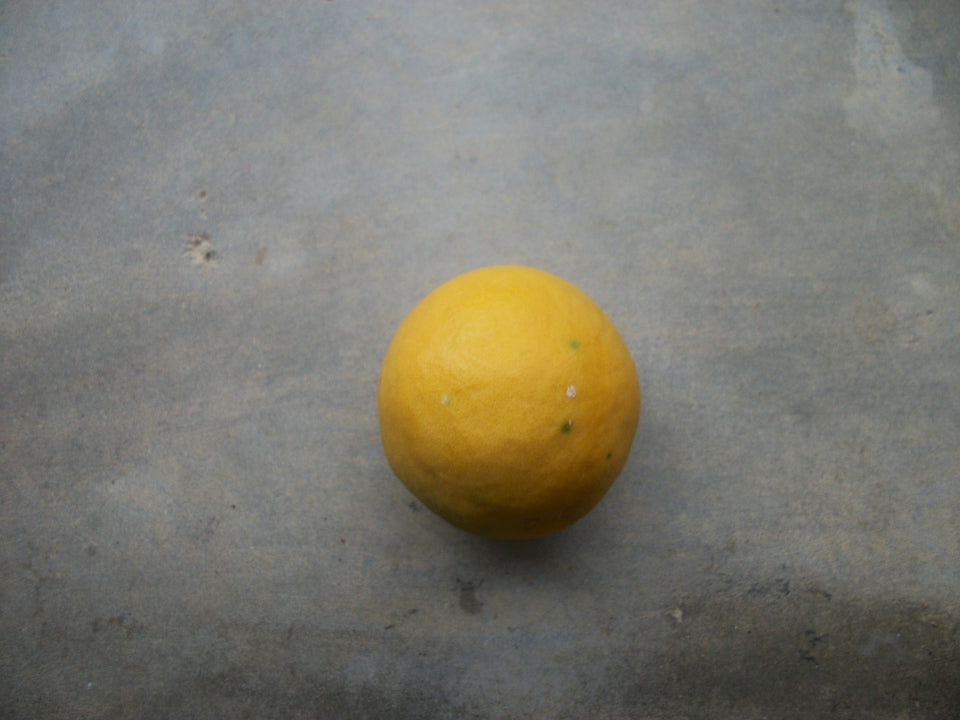
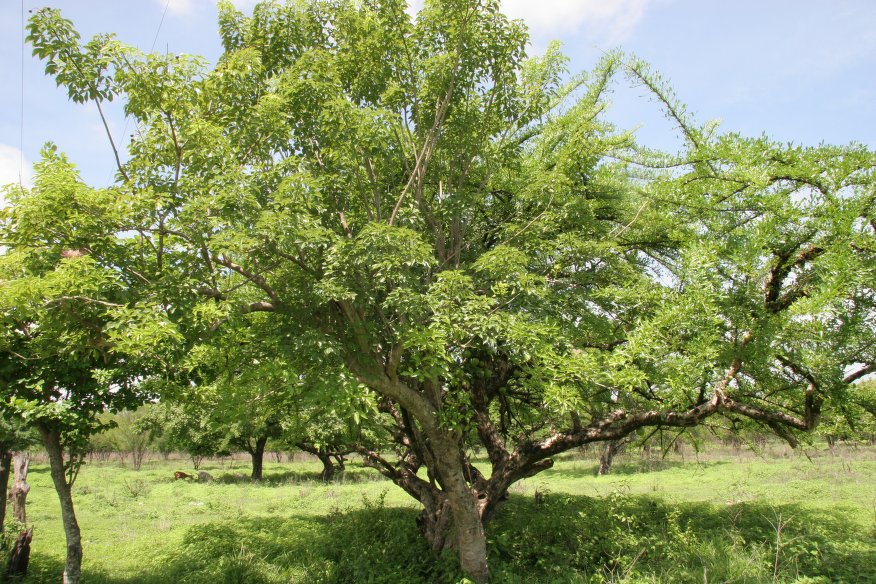
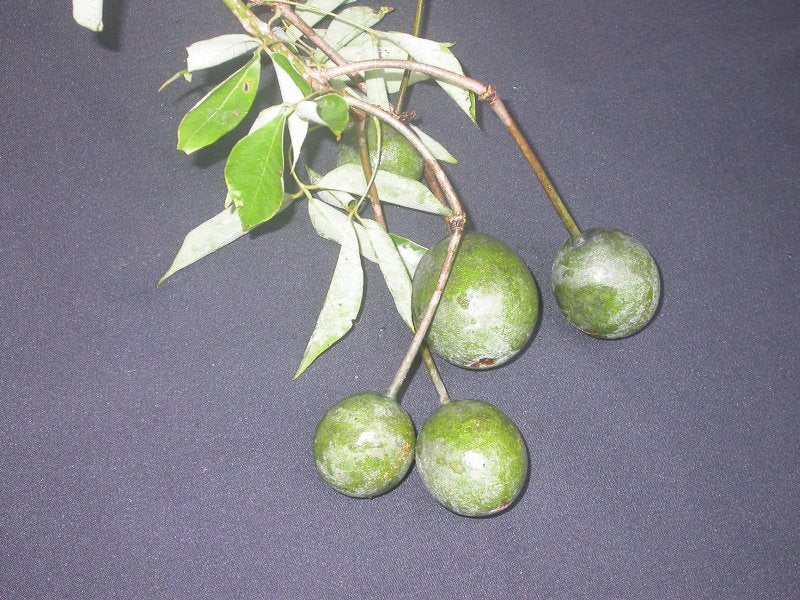

The Holy Grail.
I've been searching for Duguetia marcgraviana for FAR too long, and supplies are extremely limited. Taste is similar to my favorite fruit, Duguetia stenantha; but with more of a cantaloupe flavor and unique sugar apple qualities.
Fresh seeds, always checked by yours truly. Get yours today!
- Hapa Joe
RARE AND EXOTIC ANNONACEAE

